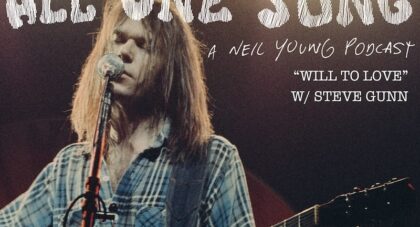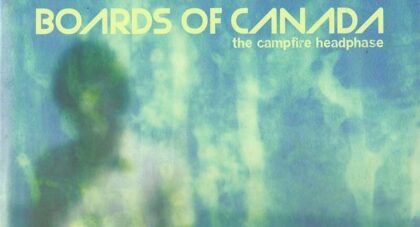We caught up with Sam Gendel to learn more about the spontaneous production of Satin Doll, his friendship with Louis Cole, touring with Ry Cooder, collaborating with indie rock veterans, and navigating his peculiar relationship with jazz . . .
Only the good shit. Aquarium Drunkard is powered by its patrons. Keep the servers humming and help us continue doing it by pledging your support.
To continue reading, become a member or log in.


